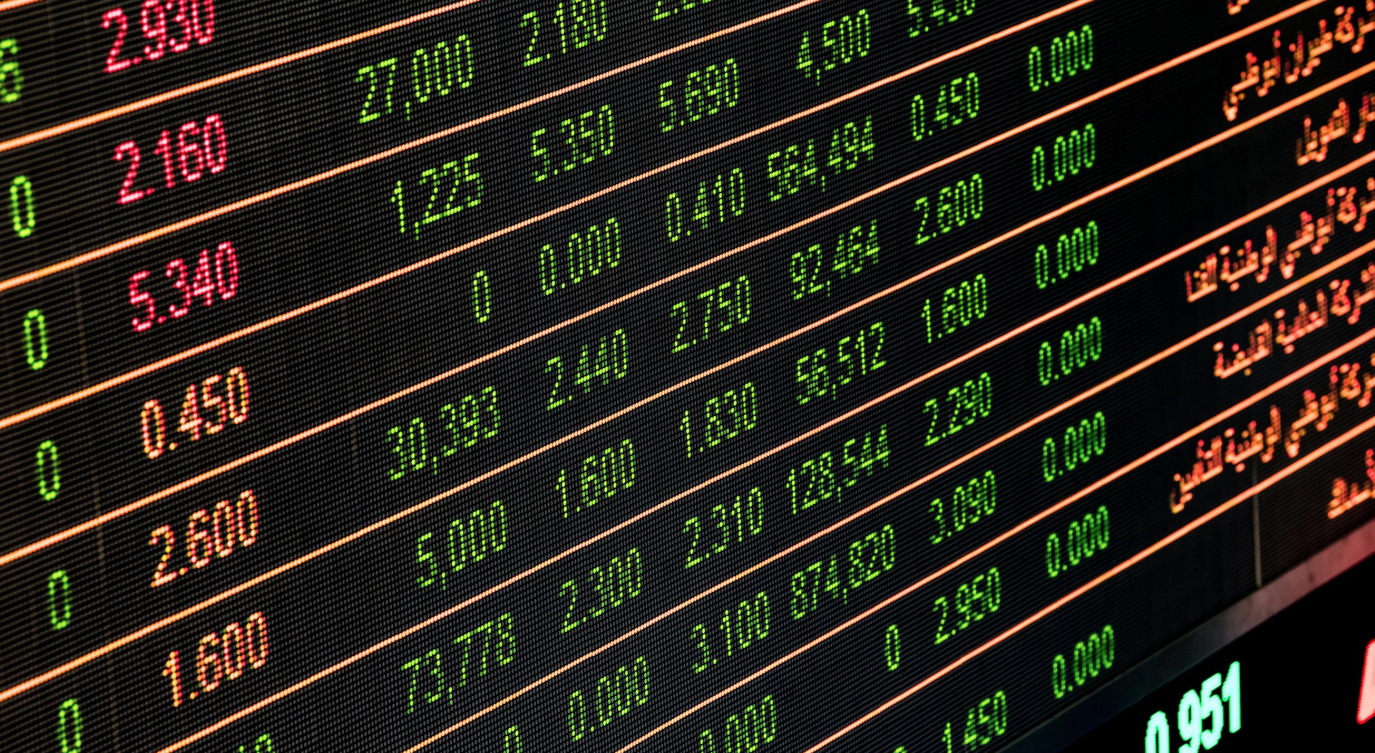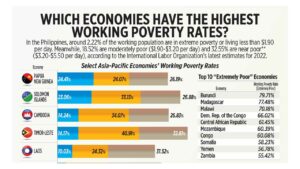Peso drops on Russia-Ukraine war, Fed

THE PESO sank to a new two-year low on Monday due to the ongoing Russian invasion in Ukraine and as investors wait for the US Federal Reserve’s monetary policy decision.
The local unit closed at P52.475 per dollar on Monday, shedding 18.5 centavos from its P52.29 finish on Friday, based on Bankers Association of the Philippines data.
This was the peso’s weakest finish in more than two years or since it closed at P52.475 on Aug. 15, 2019, Rizal Commercial Banking Corp. Chief Economist Michael L. Ricafort said in a Viber message.
The peso opened Monday’s session at P52.32 per dollar, which was also its intraday best. Meanwhile, its weakest showing was at P52.49 against the greenback.
Dollars exchanged dropped to $806.55 million on Monday from $1.099 billion on Friday.
Mr. Ricafort said the peso’s weakness reflected the volatility in global financial markets amid the Russia-Ukraine conflict. This was also the case for the local stock market, as the Philippine Stock Exchange index plunged by 295.24 points or 4.15% to 6,816 on Monday. The wider all shares index dropped by 126.97 points or 3.36 points to 3,638.49.
Reuters reported that Russia has continued to advance its military forces in Ukraine and on Sunday fired at a military base near the border of Poland, which is a member of the North Atlantic Treaty Organization. Despite the atrocities, both sides are still gearing for further diplomatic talks in hopes to resolve their issues.
Meanwhile, a trader in an e-mail said there was cautious sentiment in the market ahead of the Federal Open Market Committee’s two-day meeting which starts on Tuesday.
The Fed is widely expected to start increasing interest rates in order to quell a four-decade high inflation in the United States. Fed Chairman Jerome H. Powell has said he would support a quarter-percentage-point interest rate hike.
For Tuesday, Mr. Ricafort gave a forecast range of P52.35 to P52.55, while the trader expects the local unit to move within P52.35 to 52.60 per dollar.
TWIN DEFICITSThe peso is seen to be vulnerable to the effects of the Russia-Ukraine war as the net importing country faces twin budget and current account deficits, adding pressure on the central bank to hike rates, think tank Oxford Economics said.
Sung Eun Jung, Oxford Economics senior economist, said in a brief on Monday that Russia’s invasion of Ukraine was not priced in by markets, leading to a surge in commodity prices and boosting demand for the US dollar.
While commodity exporters in the Asia-Pacific outperformed, the currencies of commodity importers did the opposite. The Philippine peso, along with the Indian rupee, South Korean won, and Thai baht, depreciated by about 2% against the greenback, the think tank said.
The peso specifically weakened by 1.6% since the crisis began on Feb. 24.
“Downside risks are strongest for historically ‘twin deficit’ countries who are also net commodity importers in the region, namely India and the Philippines,” Ms. Jung said.
Higher inflation and worse deficits heighten the pressure on the Bangko Sentral ng Pilipinas to raise rates, she said.
“But slowing growth is making them drag their feet on policy normalization,” she said. “How they navigate this policy dilemma will have implications for their FX trajectory once the dust settles.”
Oxford Economics expects the currency divergence between net importers and exporters in the Asia-Pacific to narrow if the US dollar weakens by the second half. — Luz Wendy T. Noble and Jenina P. Ibañez with Reuters




